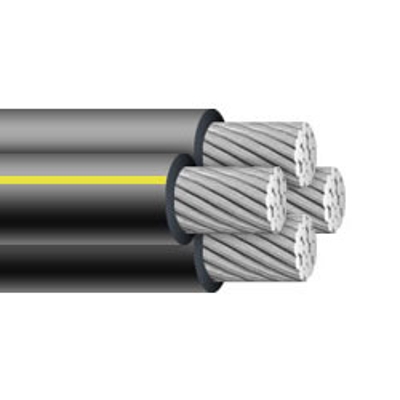energyhunter
New Member
- Joined
- Feb 20, 2022
- Messages
- 93
Three basic questions:
1) Is 6 AWG stranded copper wiring adequate for (4) 80 ft runs; 3 conductors ea plus gnd; 2 grid/2 load?
2) What is minimum size PVC pipe to run Grid & Load together, (8) wires ea in 2 pipes?
3) Online copper wire source is way less than big box stores, but still ridiculous...is there some wholesale outlet that sells to mom and pop for less?
System in process of purchase from SS:
(2) EG4 6000xp (12K)
(2) EG4-WallMount Battery (28.6K)
(28) Aptos 400w BF sub panel
The circumstances:
Utility Grid is backup only, after solar panels and battery storage (SBU)
Rural county property, 1500 sq ft house w/2 adults has outside 200a main electrical panel - Critical load panel 200a mounted next to main w/most circuits switched over to CL
Solar panels are in 4 strings in series, 7 per string, mounted as roof of carport, adjacent to 16' x 24' shed that houses inverters and batteries
80 ft distance between shed w/inverters and main/cl panels on opposite side of house
Grid & Load copper stranded wiring (6/3 NM-B plus gnd between inverters and CL panel, 80') mostly along joists in crawlspace with 11 ft underground at 24" outside house to shed. Wiring to run inside electrical PVC schedule 40 mostly under house and schedule 80 where entering and exiting the ground. (50 amp breakers)
Thank you, if you got this far, for enduring my whining. Just hoping I missed something!
1) Is 6 AWG stranded copper wiring adequate for (4) 80 ft runs; 3 conductors ea plus gnd; 2 grid/2 load?
2) What is minimum size PVC pipe to run Grid & Load together, (8) wires ea in 2 pipes?
3) Online copper wire source is way less than big box stores, but still ridiculous...is there some wholesale outlet that sells to mom and pop for less?
System in process of purchase from SS:
(2) EG4 6000xp (12K)
(2) EG4-WallMount Battery (28.6K)
(28) Aptos 400w BF sub panel
The circumstances:
Utility Grid is backup only, after solar panels and battery storage (SBU)
Rural county property, 1500 sq ft house w/2 adults has outside 200a main electrical panel - Critical load panel 200a mounted next to main w/most circuits switched over to CL
Solar panels are in 4 strings in series, 7 per string, mounted as roof of carport, adjacent to 16' x 24' shed that houses inverters and batteries
80 ft distance between shed w/inverters and main/cl panels on opposite side of house
Grid & Load copper stranded wiring (6/3 NM-B plus gnd between inverters and CL panel, 80') mostly along joists in crawlspace with 11 ft underground at 24" outside house to shed. Wiring to run inside electrical PVC schedule 40 mostly under house and schedule 80 where entering and exiting the ground. (50 amp breakers)
Thank you, if you got this far, for enduring my whining. Just hoping I missed something!



